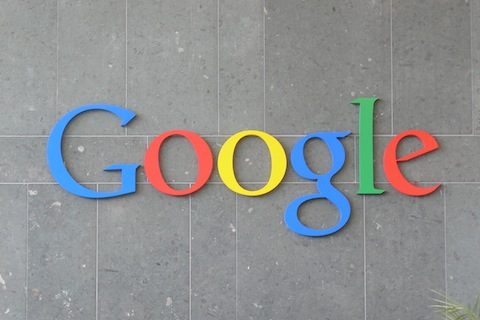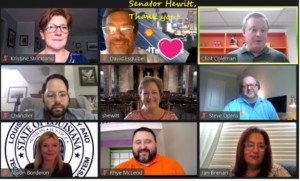Google Apps Summer Camp: Gmail

Whether your school has gone GAFE (Google Apps for Education) or you use Google Apps yourself, the improved workflow of Google’s free suite is an undeniable enhancement to any teacher’s repertoire. Many educators understand this and have become certified with Google’s tools. For those who haven’t, or those who simply want a refresher on some of the more directly applicable features of GAFE, I will be sharing a six-part Google Apps Summer Camp Series of blog posts to coincide with the conclusion of the school year. Consider it a launching point for your continued professional development in preparation for next year.
For now, let’s talk about Gmail and why those in-the-know understand that it’s more than just email. Gmail allows users to work fast, work smart, and save time. And it has a number of different built-in tools that do exactly that.
Labels
Rather than using folders to categorize email messages, Gmail utilizes Labels. Labels are exactly what they sound like, a folksonomic system for organizing email to support organization, search, and retrieval. But while the only difference between folders and labels might seem lexical, it is really anything but. Traditional email folders allow you to store messages in one location at a time. And it is up to you to remember which folder you stored your emails in. Labels, on the other hand, allow you to tag emails with multiple keywords so that you can attach messages to numerous topics while still being able to search for them with specific strategic operators. In addition to associating email messages with text-based labels, Label categories can be color-coded for enhanced organization in your Gmail ecosystem.
Tasks
Tasks is another simple yet sensible feature available in Gmail. We all have responsibilities that we need to keep track of, and Gmail’s Tasks feature makes doing so very straightforward. By clicking Tasks from the Mail drop-down menu, Gmail users can easily assemble different to-do lists for themselves or their groups. Additionally, tasks can be assigned to Task Lists from within actual emails. This serves two main purposes. One is that users can instantly delegate important items sent to them by someone else to one of their Task Lists to be addressed later. And the second is the ability to email yourself items on the go to be added to your Task List next time you sit down to access your Gmail inbox. Characteristic of all Google Apps, each scheduled to-do automatically syncs and appears in your Google Calendar when you set a due date for tasks. In other words, you’ll never miss a deadline again.
Chat
With Gmail, communication isn’t limited to email alone. Rather, the opportunity to connect with other Gmail users through text chat, voice call, and video conferencing makes getting in touch more personable. Gmail is smart, meaning that among other things it can identify important contacts and people you prefer to connect with. Found in the left hand sidebar of the Gmail interface, you can start a chat, voice call, or Hangout with your listed frequent contacts or other Gmail users in your organization by clicking on their profile (or typing their username into the directory). Additionally, you can initiate a chat from within an email message itself. With this Gmail feature, there is no limit to the number of people you can chat with at any one time. And Gmail automatically logs and stores each chat with a chat Label to be searched and referred to later. Gmail chat also enables “Off the Record” conversations that still serve the purpose of a communique but without the paper trail that is left behind by the default settings. So whether you are holding open office hours for students or chatting about where you and a colleague are going to grab dinner, Chat is available and accommodating.
This is where we draw on the metaphor about barely touching the tip of the iceberg. But then again, that might be why Gmail is favored by many inside and outside of education. It’s not your average email client and Gmail’s capabilities support that. For those who have used it, Gmail becomes indispensable to an organization or class. To learn more about additional Gmail features including Contacts, Archiving, Priority Mail, and Labs, click here. As you begin to experiment and explore, let me know what you would add to this primer. Better yet, email me at [email protected]. We could even chat about it.







0 Comments
Leave a Comment
Your email address will not be published. All fields are required.